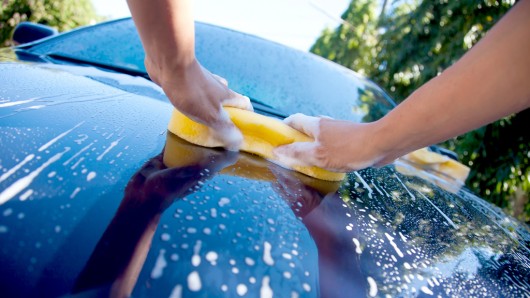Think of the surface of your car as you would your face,” says Mike Schultz, head of new products at Turtle Wax. “It needs to be properly taken care of in order to have a healthy glow.”
Today, it’s easier than ever to do that yourself: Techniques developed by professional detailers have trickled down to passionate car enthusiasts. Auto paint has been improved from the days of lacquer covered with carnauba paste wax, and now it’s more durable and shines longer than ever. That means it’s okay to toss out your old cans of rubbing compound, your leather chamois, and piles of newsprint for buffing and replace them with items like blocks of paint-cleaning clay, microfiber cloths, aloe leather healer, and chemical paint cleaners.
If you’re considering some DIY detailing, proceed with caution. The pro detailers who provided us with these tips are practiced with rotating buffers that clean and resurface paint with wool or charcoal-coated foam pads, and they warn that such machines are not for an amateur Saturday-morning project. But the following 10 steps will help your home detailing go smoothly. The order for detailing tasks, the pros tell us, is important, and begins with the unpainted surfaces of your car.
NOTE: When to See a Pro
When your paint has a scratch that goes down to the metal, the only way to fix it is by sanding and filling the scratch with paint using a tiny pinstriping brush. Pros can blend this type of fix with surrounding paint, but that takes experience. To find a pro, check your local car clubs and shows; usually a few names will surface. The detailer should interview you about your expectations, and then suggest how to exceed them.



